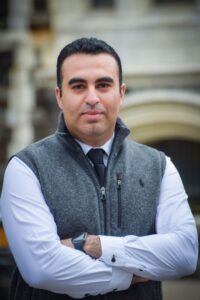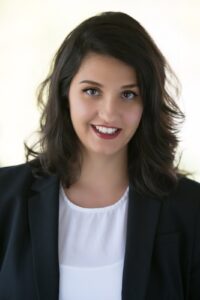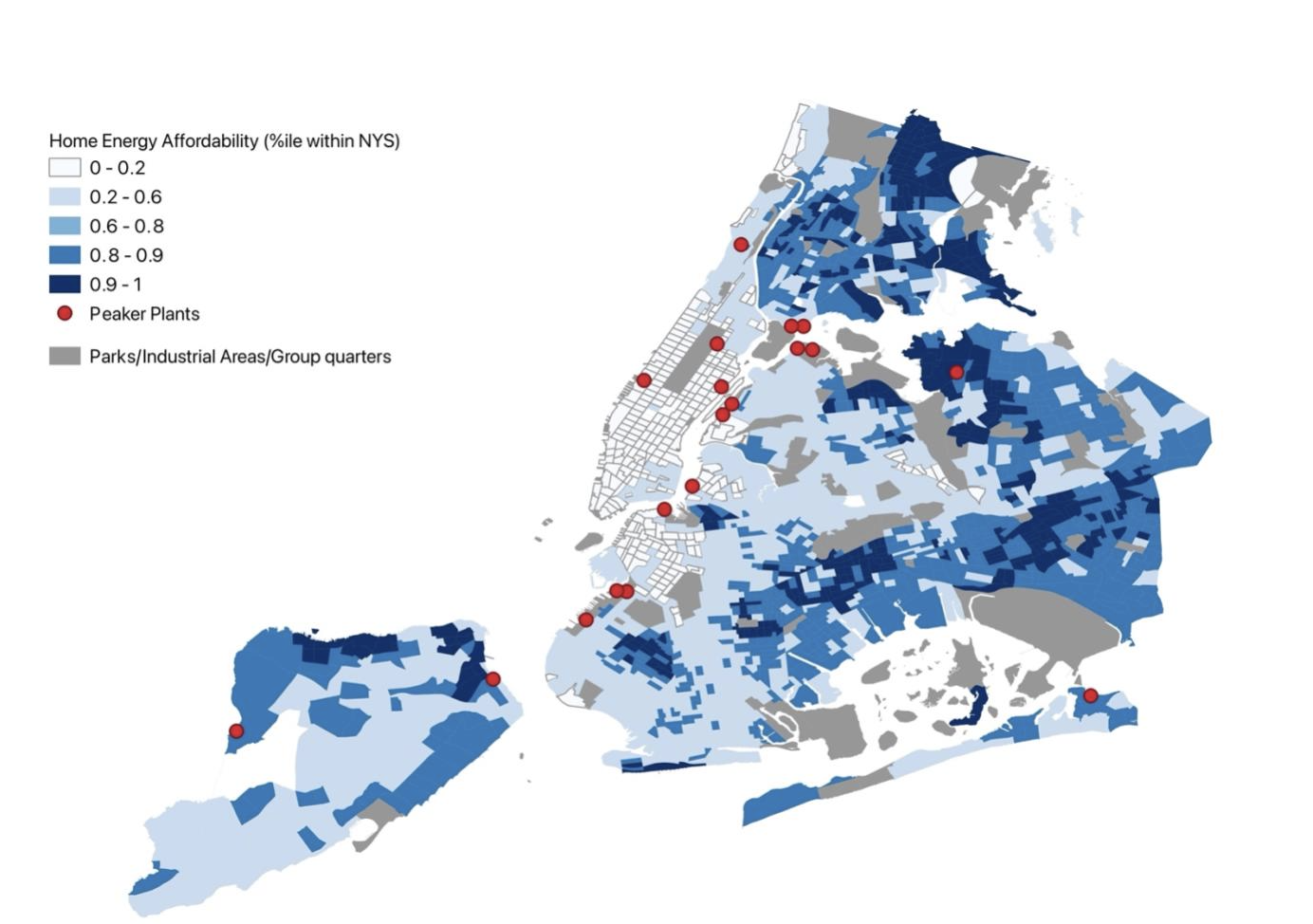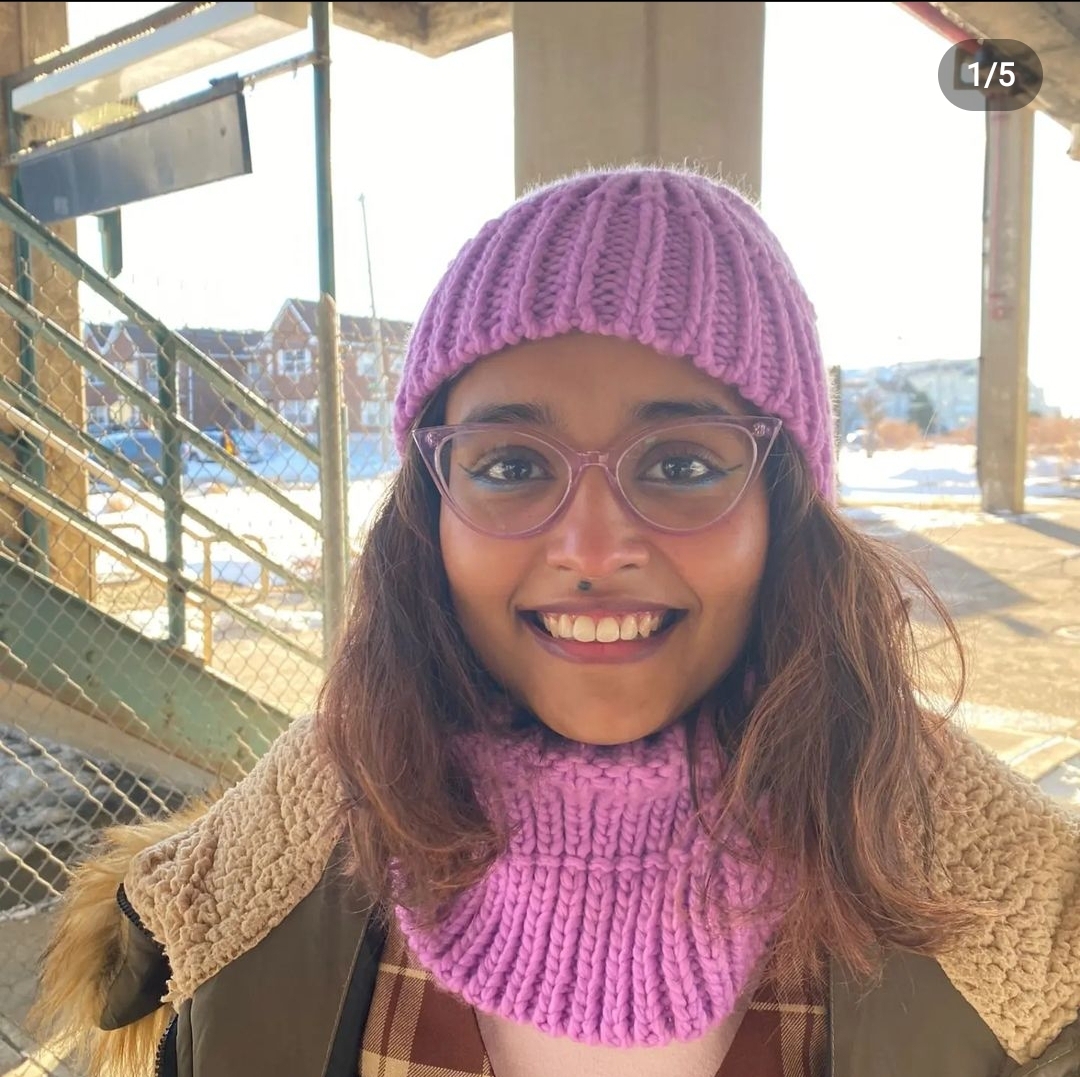Traditional for-profit models of energy distribution in New York City are costly and often create health hazards for low-income neighborhoods.
By combining research using distributed energy resources, or DERs, and technology justice, City College’s Dr. Ahmed Mohamed from the Grove School of Engineering and Dr. Yana Kucheva from the Colin Powell School for Civic and Global Leadership are on a mission to change that.
DERs are smaller unit energy sources that are close to where the energy is being used, such as solar panels and wind turbines.
The Community Energy Cell concept is an interdisciplinary research project that aims to shift the way energy is produced and delivered by allowing communities to own and make decisions about DERs in their areas. Through building community-based projects, they will have access to green energy, reduce the cost of their electricity bill, and create jobs in their communities.
“With the advancement of DERs, our project aims to understand how the concept of public utilities can be applied to individual neighborhoods,” Kucheva, who is the interim chair of sociology, said.
The current New York City electric grid is almost completely run by fossil fuel power plants. This contributes to 25% of the city’s greenhouse gas emissions.

Dr. Ahmed Mohamed
To address some of the energy-related problems and combat global warming, it is necessary to add more renewable energy sources to offset the energy that would otherwise come from fossil fuels, according to Mohamed, who is an associate professor in electrical engineering.
Four years ago, he began to develop the technical aspect of the research. Mohamed wondered how the electric grid would handle a large amount of DERs compared to traditional methods of producing electricity. Instead of having these DERs distributed widely geographically and being controlled locally, they could be grouped and controlled locally by communities. This would make it easier to gather data and ultimately allow for an increase in renewable energy in the City.
In September 2022, Mohamed and Kucheva began to work together after being awarded funding through the CCNY’s College-Wide Research Vision (CRV) Initiative. This was a CCNY-wide competition to receive seed funding for research that addressed real-world problems. It required faculty from different disciplines to work together to tackle the problem. The initial $600,000 provided by the City College Office of Research will be augmented by additional funding from outside sources.
“The mainstream is for researchers to develop new models, designs, or control methods but they can be very far from implementation. A key missing aspect is connecting really with the people and the communities and seeing what really works on the ground,” Mohamed said. “That’s why I’m very interested in this particular project, because I get to work with other colleagues from architecture, sociology and social sciences.”

Dr. Yana Kucheva
In for-profit models for electricity distribution, electricity companies like ConEdison provide electricity to neighborhoods but are also accountable to their shareholders. When electricity usage increases, such as in the summertime when people run their air conditioners, the utility infrastructure can become congested or prone to failures and utility operators can decide to turn off the electricity in a neighborhood to protect the grid.
According to Kucheva, there is some research suggesting that when utility companies make decisions about where to shut off the electricity, they often choose low-income neighborhoods.
If communities can own their energy infrastructure, such as solar panels, they would be able to make decisions about what to do with it. Mohamed and Kucheva’s research group theorize that DERs can make the grid more stable and, as a result, low-income neighborhoods would not have to turn off their electricity to preserve the electricity of other neighborhoods.
Along with solar energy infrastructure, communities can also own energy storage systems with batteries that accumulate energy. If the electrical grid needs to postpone a load or shift it from one time to another, it would not be necessary to use expensive and polluting peaker plants.

Location of peaker plants and home energy affordability rates in NYC
Currently, when electricity usage in the city soars, these plants are turned on releasing high amounts of pollutants into low-income neighborhoods.
“Those neighborhoods are essentially treated like sacrifice zones,” Kucheva said.
In the long term, Mohamed and Kucheva said they hope that as residents produce their energy it will cost less since they won’t have to rely on ConEdison.
The team said this is not an easy plan to execute and that those who need it the most are the ones who are least likely to be able to afford it. In low-income communities with a lot of renters, an outside entity usually owns the buildings so those that live there will have to work with building owners to install solar panels.
Even though the federal government provides tax breaks for installing solar panels, these programs are more targeted toward individual homeowners. Mohamed and Kucheva believe that if a community of individual households participates in contributing to the grid, it is still possible to pitch a community project.
Currently, Mohamed has two undergraduate students contributing to the research as well as Ph.D. student Abrar Abdelbary, whose dissertation is focused on the project full-time. Next year, Kucheva will introduce more sociology students to the research to begin community engagement.
One of their goals includes creating educational and outreach materials on DERs and the potential impact they could have in West Harlem.
Along with reaching out to communities, Mohamed and Kucheva will reach out to local policymakers and utility companies over the next couple of years. They will also focus on how DERs can be deployed in West Harlem, where a majority of residents are renters.

Malina Seenarine is a recent graduate of Baruch College where she studied journalism and minored in theater. In addition to writing for The RICC, she’s a contributor for Baruch’s award-winning Dollars & Sense Magazine and wrote for the arts and news section of Baruch’s student-run newspaper, The Ticker. She’s also written for FSR magazine.